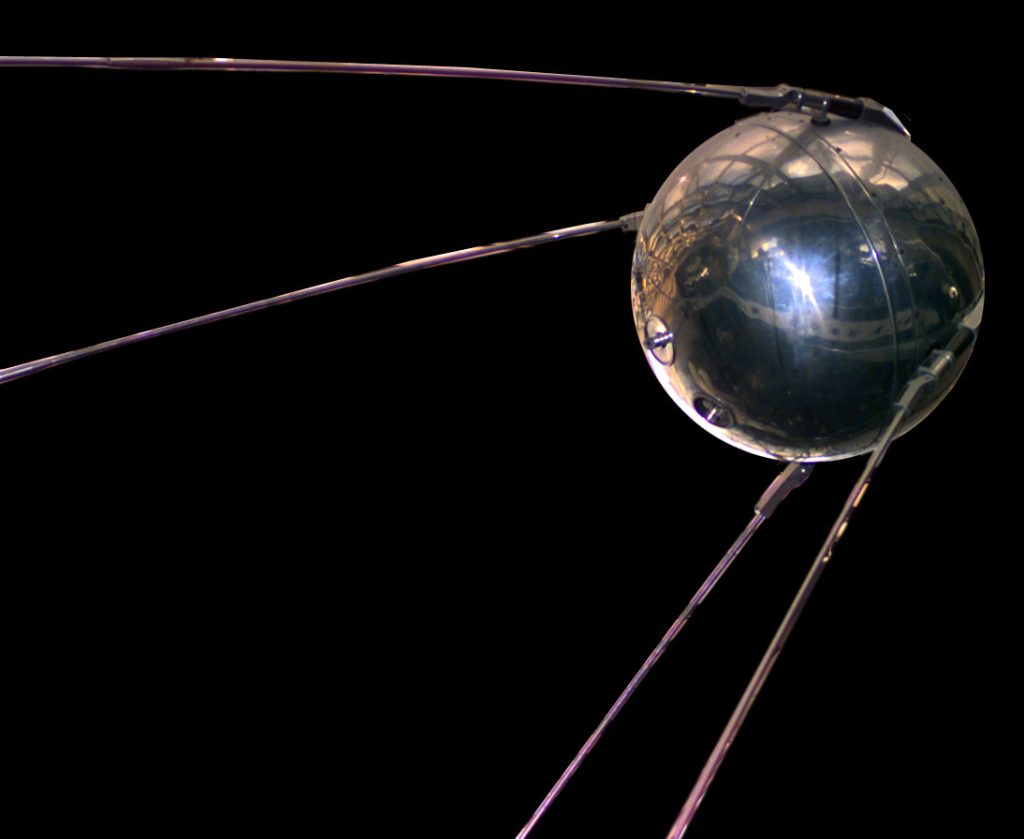In 1957, the world was changed forever with the launch of Sputnik, the first artificial satellite to be sent into space. This achievement by the Soviet Union marked the beginning of the Space Age and sparked fierce competition between the US and the USSR in the realm of space exploration. Here are 12 fascinating facts about Sputnik that shed light on the everlasting impact it had on the world.
1. A Soviet Space Surprise
On October 4, 1957, the Soviet Union launched the world’s first artificial satellite, Sputnik, into space, marking the beginning of the Space Age.
2. It’s a Bird! It’s a Plane! It’s…Sputnik?!
The spherical shape of Sputnik led many people to mistake it for a UFO or even a bird in the sky.
3. A Space Race Sensation
The launch of Sputnik caused a wave of panic in the United States, with many Americans fearing that the Soviet Union had surpassed them in technology and military might.
4. The Pioneer of Space Travel
The name “Sputnik” comes from a Russian word meaning “fellow traveler,” reflecting the Soviet Union’s desire for international cooperation in space exploration.
5. Space Dogs: The First Living Creatures to Orbit Earth
Sputnik carried two dogs, Laika and Belka, who became the first living creatures to orbit the Earth.
6. Compact and Bijou!
Sputnik measured just 23 inches in diameter, making it smaller than most modern-day satellites. Laila and Belka must have been small dogs!
7. Sputnik’s Radio Signals
Sputnik’s radio signals were the first artificial transmissions from space, and they allowed scientists to determine the density of the Earth’s upper atmosphere.
8. Sputnik’s Secret Payload
It wasn’t until decades later that it was revealed that Sputnik actually carried a secret payload: a small sphere inside the satellite that was used to test the effects of weightlessness on living organisms.
9. Around and Around and Around and ….
Sputnik orbited the Earth every 96 minutes, traveling at a speed of around 18,000 miles per hour and making 1,440 orbits of Earth.
10. The Demise of Sputnik
Sputnik’s orbit gradually decayed, and the satellite burned up upon reentry into the Earth’s atmosphere on January 4, 1958.
11. Sputnik’s Legacy: Paving the Way for Space Exploration
Sputnik’s launch marked a turning point in the Space Race, and it inspired both the Soviet Union and the United States to make rapid advances in space exploration and technology.
12. Was Sputnik Really the First Artificial Satellite?
There is some debate among historians as to whether Sputnik was truly the first artificial satellite, as both the United States and the Soviet Union had been conducting secret satellite tests prior to Sputnik’s launch.
13. Space ‘Sputnik Babies’: The Impact of the Satellite on the Soviet Union
In the Soviet Union, Sputnik became a symbol of the country’s technological and scientific prowess, and it inspired a generation of Soviet scientists and engineers.
14. The Music of the Spheres: Sputnik’s Musical Tribute
In honor of Sputnik’s launch, Soviet composer Alexander Mosolov wrote the musical piece “Zavod” (“The Factory”), which incorporated sounds from the satellite’s radio transmissions.
15. The Lasting Icon of Sputnik: Its Cultural Significance
Today, Sputnik is recognized as an iconic symbol of the Space Age and a testament to humanity’s ingenuity and drive to explore the unknown.
FAQs about Sputnik
How long did Sputnik remain in orbit?
Sputnik remained in orbit for 3 months before burning up in the atmosphere.
What was the purpose of Sputnik?
Sputnik was primarily a propaganda tool for the Soviet Union, as it demonstrated the country's technological and scientific capabilities. However, it also had scientific purposes, such as studying the Earth's upper atmosphere.
How did Sputnik impact the US and the USSR's space programs?
Sputnik's launch caused a sense of panic in the United States and led to increased investment in science and technology, as well as the creation of NASA. It also inspired both the Soviet Union and the United States to make rapid advances in space exploration.
Further reading:
https://factcity.com/tag/space/
https://nssdc.gsfc.nasa.gov/nmc/spacecraft/display.action?id=1957-001B
https://education.nationalgeographic.org/resource/ussr-launches-sputnik/
Do you know any fun facts about Sputnik 1? Share them in the comments below!
